
Insomnia exhibits a dose-response relationship with AF recurrence, indicating that an increased number of insomnia symptoms is associated with heightened probability of AF recurrence.

Insomnia exhibits a dose-response relationship with AF recurrence, indicating that an increased number of insomnia symptoms is associated with heightened probability of AF recurrence.

The 2024 American Association of Colleges of Pharmacy Annual Meeting took place from July 20 to July 23, 2024, in Boston, Massachusetts.

Educating the public about the dangers of self-medication and the importance of finishing prescribed antibiotic courses plays a crucial role

Jeff Boyer, PharmD, BCPS, discusses his role in opioid stewardship at the Southern Arizona VA Healthcare System, highlighting his work in pain management coordination, interdisciplinary collaboration, patient and provider education, and data-driven strategies to support safe opioid use and address the opioid crisis.

The findings show robust connections between symptoms, with variations in depression scores directly or indirectly influence fatigue and other symptoms.

Kristi Veis discusses the importance of flu vaccinations and the role of pharmacists in administering them.

Less than 16% of high-risk lung cancer individuals have heard or discussed lung cancer screenings with a health care provider.

The results found that women, non-binary, and sexual minority students are at the highest risk.
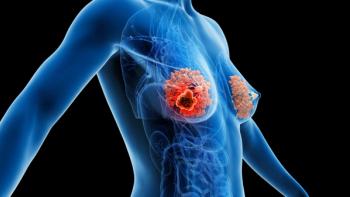
Using in vitro models, study investigators predict the risk of bone metastasis in breast cancer based on correlations with their in vivo behaviors and potential.

Erin Rexroth, associate director of marketing for NCPA, discussed how pharmacies can utilize marketing strategies to drive awareness and patient engagement.

The novel therapy demonstrated safety and efficacy in a clinical trial.
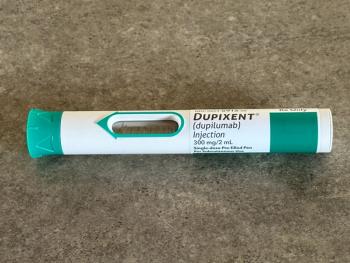
About 41% and 30% of patients with chronic spontaneous urticaria (CSU), respectively, achieved well-controlled disease status and complete response when treated with dupilumab.

The approval comes after the phase 3 clinical trials MVOR-1 (NCT05296629) and MVOR-2 (NCT05343455).

Pegfilgrastim (Neulasta; Amgen) treats neutropenia that is caused by cancer medications and helps the bone marrow to create new white blood cells.

Throughout a new graduate’s career, that provider status will become mainstream.
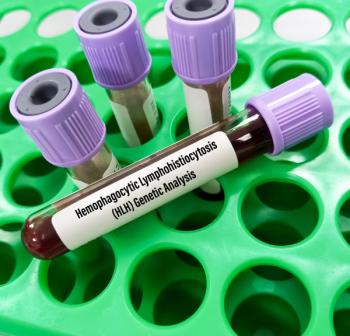
ELA026 is a first in class antibody therapy targeting signal regulatory proteins.
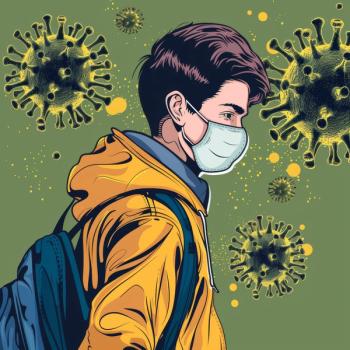
Julie Sibbesen, PharmD, discussed strategies to address medical misinformation and educate pharmacists on proper sources of information.

The study investigated faricimab-svoa (Vabysmo) as treatment of diabetic macular edema for patients in racial and ethnic groups that are often underrepresented in trials.

The most commonly reported errors included administering the wrong vaccine or administering an expired vaccine.

The randomized, placebo-controlled RESCUE phase 3 trial assessed clofutriben among individuals with ACTH-dependent endogenous Cushing syndrome.
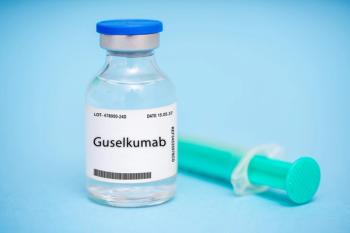
Recently announced trial results demonstrate the efficacy of the biologic in multiple disease indications.

At weeks 16 and 24, approximately 57% and 60% of patients with moderate to severe atopic dermatitis, respectively, achieved at least 75% improvement in Eczema Area and Severity Index score.

Compared with a short-acting β agonist (SABA) alone, inhaled corticosteroids (ICS) with formoteral and ICS with a SABA were associated with better asthma control.

It is more important than ever to have pharmacists and pharmacy professionals practicing at the top of their license to assist patients in pharmacy deserts.

Health system pharmacies can enhance operational and financial performance by leveraging key performance indicators, data-driven tools, and automation, ultimately supporting the broader health system’s adaptability and growth within an evolving health care landscape.

Pharmacists play a critical role in treating patients with breast cancer and can help address their social determinant of health challenges.

Two clinical trials with MRD monitoring may be practice changing: TRACERx and AEGEAN.

ASCO is prioritizing the expansion of pharmacist involvement in its organization by recognizing pharmacists' contributions to safety standards, quality improvement initiatives, and certification programs.

If approved, the combination regimen would be the first FDA-approved treatment for adults with recurrent KRAS mutant low-grade serous ovarian cancer (LGSOC).

In children aged 12, 18, and 24 months, there was no association between maternal COVID-19 exposure and abnormal scores on a neurodevelopment screening.